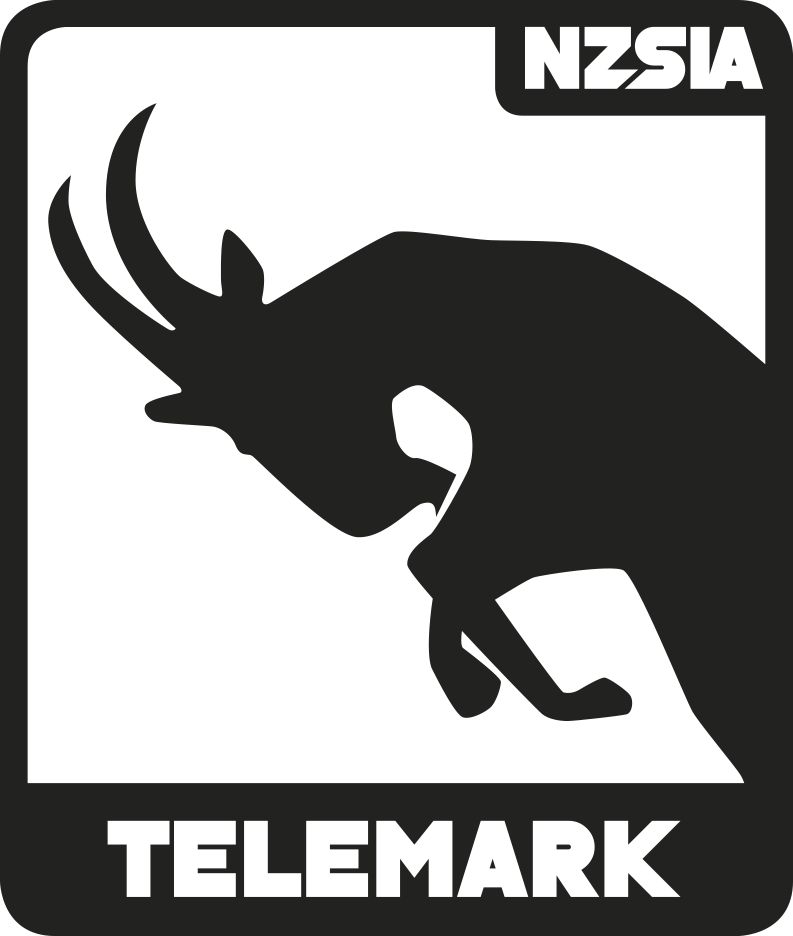Effective Communication will cover the ways that you can be an effective communicator. Learn some important communication tools, discover different styles of communication, and delve deeper into different feedback and questioning tools that a ski instructor can use.
 TEACHING STYLES
TEACHING STYLES
The way instructors present information can greatly impact the student experience. A good instructor adapts their teaching style based on:
By understanding different teaching styles, instructors can enhance learning and engagement for every student.
Command Style (Instructor Centered)
The instructor controls all aspects of the lesson, providing clear, direct instructions on:
- What the task is
- How to do it
- When and where to do it
- Why it’s important
Pros
- Fast & structured – eliminates confusion
- Useful for beginners with little prior knowledge
- Good for safety-critical situations
Cons
- Less engaging – students may feel less involved
- Limited adaptability – students don’t explore independently
Best For
- Beginners needing direct guidance
- Large group lessons
- Situations requiring strict control (e.g., safety concerns)
Task-Practice Style (Guided Independence)
Similar to command, but allows students more freedom to practice independently after initial instruction.
Pros
- Encourages personal achievement and self-reliance
- Gives students time to refine skills
- Works well for students ready for some independence
Cons
- Students may develop inefficient habits without supervision
- Requires a balance of guidance and autonomy
Best For
- Students with basic skills who need repetition & mileage
- Groups capable of independent practice
- Transitioning from a fully instructor-led approach
Example
A student is learning their first Telemark turns. After initial instruction and feedback, they now practice turning on their own, choosing when and where to initiate each turn.
Self-Analysis/Check Style (Developing Self Awareness)
Students perform an activity and assess their own success, based on instructor criteria.
Pros
- Builds self-awareness & independence
- Encourages critical thinking and ownership of learning
Cons
- Students may develop inefficient habits without supervision
- Requires a balance of guidance and autonomy
Best For
- Students who understand the basics and can self-reflect
- Lessons focused on refinement rather than discovery
Example
Students work on Telemark J-Turns, analysing if they successfully maintained balance and edge control. The instructor asks scaling questions to help them assess and adjust.
Reciprocal Style (Peer Learning & Feedback)
Students work in pairs, taking turns performing, observing, and giving feedback.
Pros
-
Encourages active engagement and social learning
-
Increases the amount of feedback students receive
-
Helps students develop coaching skills
Cons
- Students might not trust each other’s feedback
- Accuracy of feedback depends on student understanding
Best For
- Larger groups (works best with even numbers)
- Students with some knowledge of the skill being practiced
- Developing awareness of technique in more experienced skiers
Example
Pairs take turns leading and following on easy blue terrain, focusing on making round, progressive turns. One Telemark Skier provides feedback on turn shape and smoothness while the other skis. Using terms like rounded and smooth or quick and sharp.
Inclusion Style (Adapting for All Levels)
All students participate at their own level, with multiple challenge options provided.
Pros
-
Ensures everyone is included and challenged
-
Works well for mixed-ability groups
-
Builds confidence & motivation
Cons
- Requires careful planning to keep all students engaged
- Some students may not push themselves unless guided
Best For
- Mixed-ability group lessons
- Students who progress at different rates
Example
Students work on slowing down lead changes in medium-radius Telemark turns. Some count to extend transitions, others use landmarks on the run—each choosing the challenge level that suits them.
Guided Discovery Style (Exploring Through Experience)
The instructor sets a goal but allows students to discover the best way to achieve it.
Pros
-
Ensures everyone is included and challenged
-
Works well for mixed-ability groups
-
Builds confidence & motivation
Cons
- Can be challenging for beginners who need more structure
- Some students may struggle with too much freedom
Best For
- Students ready for more independent exploration
- Encouraging adaptive thinking & skill refinement
Example
A student is not squaring up their upper body at the end of their Telemark turns. Instead of directly instructing them, the instructor asks: “Try lead change with and without diagonal body position. Which one feels more stable? Which one do you think will be more stable in a turn?” This allows them to discover the benefit of the countered through experience.
Problem-Solving Style (Multiple Solutions, Open Exploration)
The instructor presents a problem for students to solve—without prescribing how to solve it.
Pros
- Promotes creativity & adaptability
- Encourages critical thinking & experimentation
- Helps students develop versatile skiing skills
Cons
-
If the problem is too advanced, students may struggle
-
Requires strong group management to ensure safety
Best For
- Advanced students comfortable making independent decisions
- Groups with strong terrain awareness & mountain safety skills
Example
A group of strong Telemark skiers wants to ski bumps. The instructor presents a problem:
“What’s the smoothest and fastest line through these bumps while keeping your skis in contact with the snow?”
Students experiment with different approaches before regrouping to discuss and compare solutions.
Choosing the Right Teaching Style
A skilled instructor switches styles based on:
- Student ability & motivation
- Group size & dynamics
- Lesson type (private or group)
- Terrain & conditions
Key Takeaway:
- Beginner students often need Command or Task-Practice styles.
- Intermediate students benefit from Self-Analysis, Reciprocal, or Inclusion styles.
- Advanced students thrive with Guided Discovery or Problem-Solving styles.


